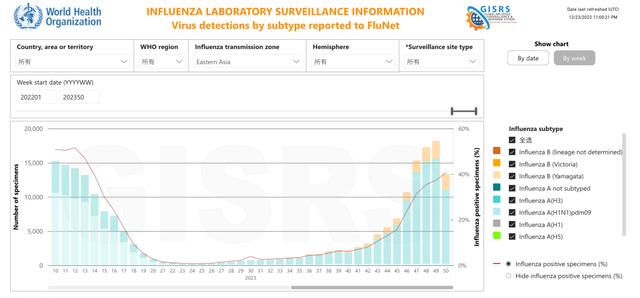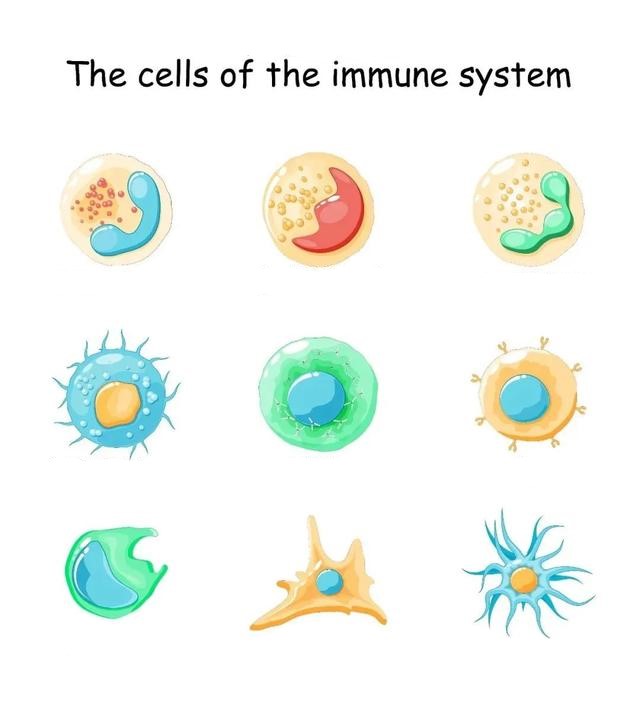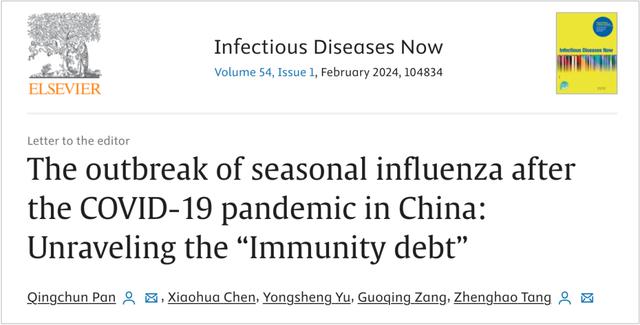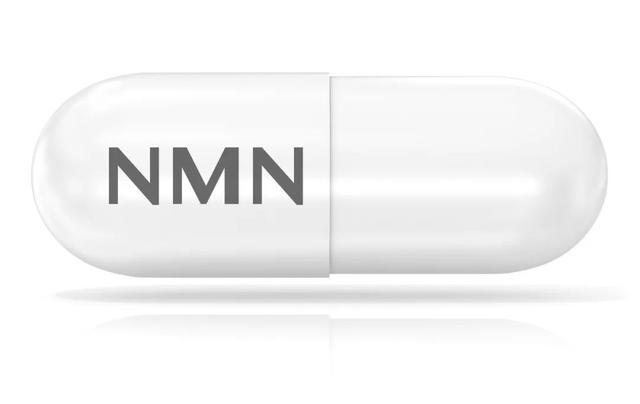This winter is not easy. Influenza, pneumonia, and other threats are raging, and the widespread cold wave has added another health test. The autumn and winter seasons are already a high incidence period for respiratory infections, and after passing the yang test, the body’s immune defense line seems particularly easy to break through.
2022-2023 Global high incidence of influenza
Influenza virus, syncytial virus, adenovirus, Mycoplasma pneumoniae… Respiratory infections are difficult to prevent, and there is even a risk of co infection. What’s going on here?
This situation is not only happening in our country. It is reported that in the winter of 2022, the United States is in the worst flu season in 10 years, facing triple pressures of influenza virus, respiratory syncytial virus (RSV) and COVID-19.
On a global scale, starting from October 2022, the World Health Organization (WHO) has monitored a rapid increase in influenza cases during the 2022-2023 flu season, with December 2022 reaching its highest peak in nearly a decade.
The influenza data released by WHO in East Asia (where China accounts for approximately 87% of the total population) shows a bimodal pattern at the beginning and end of 2023.

More susceptible to infection after COVID-19?
Both global data and regional data showed that the peak of influenza appeared after the mass infection of COVID-19. What happened to our bodies after COVID-19?
In the face of COVID-19 and various influenza viruses, our immune system is playing a role. The human immune system has immune monitoring, defense, and regulatory functions. Various immune cells play these roles, such as T cells, B cells, NK cells, mast cells, macrophages, and so on.

The research published in Frontiers in Immunology (immunology frontier) found that T cells (total T cells, CD4+and CD8+) in patients with COVID-19, especially in patients with severe disease, decreased and exhausted. The researchers observed an age-dependent decrease in the number of T cells in patients with COVID-19, and found that the number of T cells was the lowest in patients over 60 years old.
Recently, the Medical College of Shanghai Jiaotong University and the Infectious Diseases Department of Shanghai Sixth People’s Hospital published an article [4] in the Infectious Diseases Now (Infectious Diseases Times) that: viruses can cause immune dysfunction, and more and more evidence shows that COVID-19 (SARS-CoV-2) can last for several months in the body.
After COVID-19 infection, not only the number of T cells, but also the number of NK cells may be reduced, and their killing ability may be weakened and eventually exhausted, thus impairing the innate antiviral immunity. The composition of B cells and peripheral lymphoid tissue structure may be damaged, and even after recovery, B cell immune deficiency may still exist.

In general, after infection by pathogens, the immune system takes measures to activate the corresponding immune cells in the body, causing them to proliferate in large numbers to fight against and eliminate the virus.
However, when fighting against COVID-19 infection, the loss of human immune cells is very huge. Current research shows that at least T cells, B cells, and NK cells have lost to varying degrees.
Even mild to moderate COVID-19 patients may have immune dysfunction, which can last up to 8 months.
Moreover, a large number of studies have found that there are dozens of “new crown” symptoms after excessive yang, which last for several months or even more than a year.
Under such physical strain, within less than a year, various infections such as one positive, two positive, three positive. Not only children with relatively weak immune systems, but also many adults recruited.
This leads to a vicious cycle, where the already “weak” immune system overloaded with 996 work, and the burden is getting heavier and heavier.
What can be done to protect immunity?
The recovery of immune function takes time, and the best way is to minimize infections as much as possible, at least every 8 months. However, the upcoming New Year’s Day and Spring Festival, coupled with the extreme weather of hot and cold this winter, have opened up a “difficult mode” for this immune defense battle.
Wearing masks in densely populated, washing hands and disinfecting frequently, opening windows for ventilation in home and office environments, and getting vaccinated against influenza still effective methods. Maintaining sufficient sleep and moderate exercise can also help boost immunity.

In terms of nutrition and health, dietary patterns are closely related to the body’s immune function. A healthy dietary pattern with higher intake of vegetables, fruits, soy products, fish, and dairy products, such as a Mediterranean diet, can help reduce inflammatory markers, improve chronic inflammatory diseases, and directly or indirectly affect immune function.
In addition, you can also choose some dietary supplements. Traditionally, vitamin C, vitamin D, complex vitamin B, zinc, selenium, etc. are all beneficial to the immune system, and plant extracts such as ginsenosides, luteolin, allicin, curcumin, etc. are also beneficial. In the current situation, the following NAD+ supplements highly targeted:
NAD+supplements represented by NMN are popular anti-aging supplements. Research has found that the human immune system will consume a lot of NAD+ in the process of dealing with invasive viruses and self-protection, and COVID-19 infection will promote aging.
Compared with healthy individuals, the growth rate of apparent genetic age and the rate of telomere depletion of COVID-19 patients significantly accelerated, and this accelerated aging phenomenon exists in both young and old people. Therefore, supplementing NMN can improve this situation by increasing NAD+ levels.

Other studies have also supported this viewpoint. On the one hand, supplementing NMN can help prevent and reduce viral infections; On the other hand, NMN can also rescue the dysregulation of NAD+metabolism, immune response, and cell death related gene expression caused by viral infection, helping to improve cardiovascular immune inflammation and energy metabolism.
Moreover, NMN has proven to effectively enhance the ability of NK cells and improve T cell dysfunction.
That is to say, NMN can not only prevent or reduce viral infections, but also help improve immunity and repair body damage.
Moreover, NMN has high safety. In current clinical studies, the highest dose of 2000mg/day well tolerated, and supplementing 300-600mg/day cost-effective. Personalized choices can made based on age, needs, and other factors.

Paige Davis
Ronin Briggs